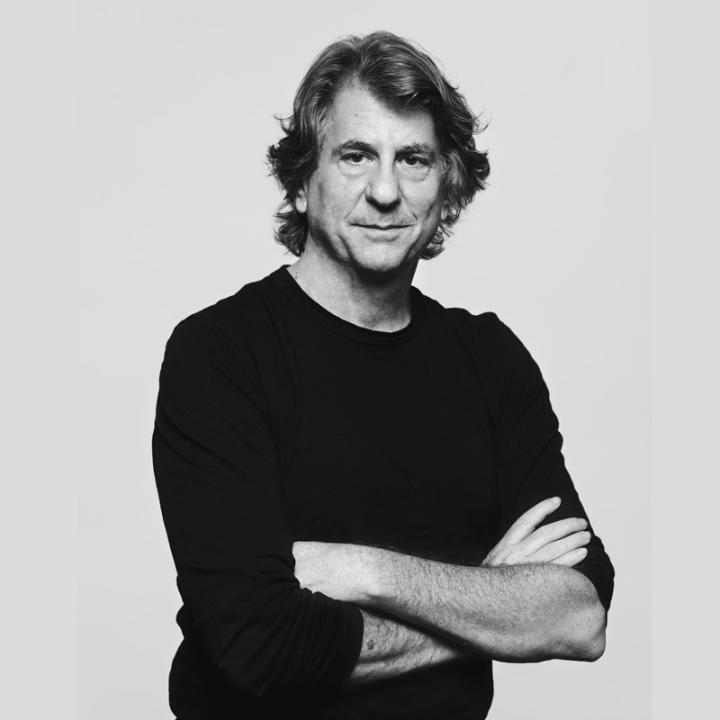Architect David Rockwell to speak at Schwarzman Center
A conversation at the Yale Schwarzman Center brings two celebrated architects to Yale to discuss the arts and placemaking.

Courtesy of Yale Schwarzman Center
On Thursday night at the Schwarzman Center, world-renowned architect David Rockwell plans to encourage Yale students to consider the role that design plays on their very own campus.
Rockwell will be in conversation with Yale School of Architecture Dean Deborah Berke at Thursday’s event, which is part of YSC’s “Dancing About Architecture” series. Both founders of their own successful firms headquartered in New York City, the two architects will gather to discuss the role of the arts — and specifically the performing arts — in community and placemaking.
“Place is to space as home is to house,” Rockwell said. “A place, by nature, is imbued with emotion and story. A space is neutral until it becomes a place.”
Rockwell hopes that he can prompt students to consider their favorite places on Yale’s campus, questioning, “why do you like it and what design elements support that?”
In addition to founding her own firm — which, notably, is responsible for the design of Princeton University’s two newest residential colleges — Dean Berke recently won the AIA/ACSA Topaz Medallion, the highest honor in architectural education, and serves as a member of the Pritzker Architecture Prize jury.
Naïma Blanco-Norberg ’25, who is considering a major in architecture, said that “as a young woman interested in architecture and design, I am inspired by Dean Berke’s position as a leading architect in a field dominated by men.”
David Rockwell is the winner of the 2001 Presidential Design award for the restoration and renovation of Grand Central Terminal, and the Rockwell Group employs a 250-person team with three branches in New York, Los Angeles and Madrid.
Involved in designing everything from penthouses to hands-on playgrounds, Rockwell has long considered himself a “theater kid,” raised on the Jersey Shore by a mother who was a dancer and choreographer and who often cast him in productions. It was this early exposure to theater, including a notable experience seeing “Fiddler on the Roof” on Broadway, that led him to think about different public spaces as “sets.”
After studying architecture at both Syracuse University and the Architectural Association in London, Rockwell found that “theater could be a very powerful — and also very personal — way for me to approach practicing architecture.”
Rockwell noted the value of the performing arts to aspiring and practicing architecture students, who he described as “traditionally plugged into visual arts disciplines, like painting and sculpture.” He added that “there is much an architect can gain from dance, music, and theater: thinking about how to collaborate, how space may be choreographed, to appreciating time as a factor in an experience, and how a working narrative brings a space to life.”
Rockwell also said that the COVID-19 pandemic ignited his long-held curiosity for stretching the boundaries of architecture.
“The pandemic rekindled an appreciation for public space, and with this awareness of the potential of civic space that I think we’ll be encountering more and more … on the streets of New York,” he wrote in an email to the News.
The Rockwell Group was involved in several notable pandemic-era projects, including the DineOut Tool Kit, an open-air, socially-distant modular dining system to protect workers and patrons, and OpenStage NYC, a pro bono project that reconfigured idle stage equipment for quick-deploying stages that brought free performances outdoors. They also assisted with the production of “The Seven Deadly Sins,” an outdoor theater anthology series that put on plays in empty storefronts and a shipping container in Manhattan’s Meatpacking District in the summer of 2021.
“All of the arts, in a multitude of ways, allow individuals to connect to a place, remember a space, feel inspired … perhaps even experience beauty,” said Berke. “[Rockwell] is unusual in being both an architect and involved in the theater … many architects and designers also work in other art forms; and many artists visualize and design objects and spaces.”
Berke hopes that audience members leave the conversation “inspired to walk the streets of a city and see it with new eyes; go to the theater with an open mind; listen to a live musical performance fully engaged, or look at a painting or sculpture … with new eyes.”
She stressed the importance of performances and live viewing of art after the pandemic, noting that “the streets became our museums and our theaters.”
Those interested in attending can join the waiting list for the sold-out event on YaleConnect.







